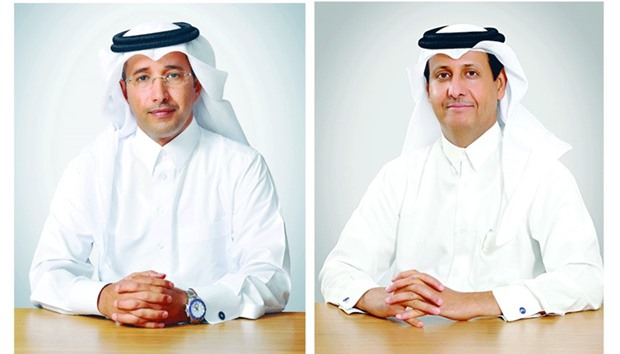Al Khaliji, a new generation lender, has reported a net profit of QR425mn in the first nine months of this year.
“Given the decline in energy prices and the challenging global market conditions, the results achieved in the third quarter were not unexpected and in line with market expectations,” Al Khaliji chairman and managing director Sheikh Hamad bin Faisal bin Thani al-Thani said.
Nonetheless, the bank’s outlook remains “positive and healthy”, given the overall strong balance sheet, diversified business model, and robust capital position, he said.
The bank’s net profitability was, however, down 9%, which, according to Al Khaliji group chief executive Fahad al-Khalifa, was impacted by its “conservative” approach in provisions.
Total assets grew 6% to QR58.5bn with loans and advances expanding 15% to QR36.3bn during January-September 2016. Al Khaliji France, headquartered in Paris with branches in the UAE, represented 9% of the group’s total assets.
Customer deposits grew 2% to QR29.8bn in the review period.
Net operating income stood at QR872mn, registering a growth of 3% over the corresponding period of 2015. Net fee and commission income increased 10% to QR155mn.
“We will continue to implement our strategic objectives, and I am confident that Al Khaliji will deliver quality growth and create further value for shareholders, enhancing our position in the local and regional market,” Sheikh Hamad said.
The bank’s cost-to-income ratio declined to 31% at the end of September 30, 2016 against 35% in the year-ago period. It has been due to its prudent cost management, al-Khalifa said.
“We will continue to improve our operational efficiency across all functions of the business, focusing on retaining client relationships, attracting new business in order to strengthen our position in Qatar and the region and generate value for our shareholders,” he said.
Net impairment loss on loans amounted to QR178mn, derived from the group’s conservative strategy in dealing with doubtful accounts; most of which were from its overseas operations. This measure is in place to further protect shareholders in this volatile climate, a spokesman said.
The bank’s non-performing loans were 1.23% of total loans at the end of September 2016 compared to 0.76% in the previous year period.
The bank’s capital adequacy ratio stood at 15.8%, which is higher than the Basel III guidelines adopted by the Qatar Central Bank.

Fahad al-Khalifa: Positive outlook. (Right) Sheikh Hamad: Strategic objectives.


